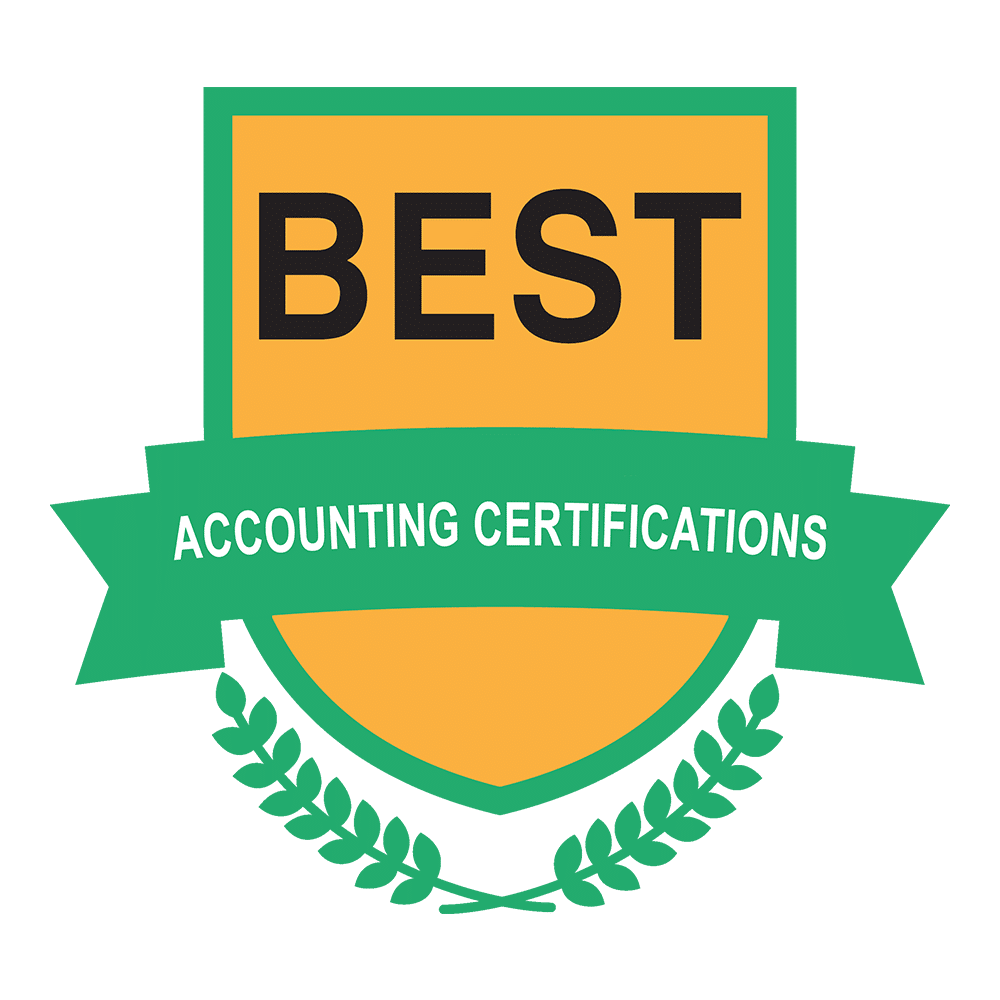Here at the Accounting Institute of Success we’re dedicated to helping you take control of your study process and pass the CPA exam on your first try. There are so many people out there who say that you need to give up your social life and put everything on hold in order to study for the CPA exam and become a Certified Public Accountant. That might have been true for them, but it doesn’t have to be for you. It’s not that these people aren’t smart; they just went about studying the wrong way.
I know because I started studying the same way. It wasn’t until I took a step back and analyzed my study process that I figured out how to prepare for the exam without killing myself. By getting the right CPA exam study materials for my learning style and implementing smart study strategies, I was able to pass the CPA exam on the first try and you can too! You also don’t have to go crazy doing it, you just need a game plan.
The first step to passing the CPA exam is to pick out the right CPA study materials. I’ve tested and reviewed all of the top review courses out there. I noted the pros and cons of each, so you can narrow down your search and see which one will help you the most. Here are the top rated CPA exam prep courses I’ve reviewed:
CPA Prep Course Reviews
Becker CPA Review
This CPA prep company is officially endorsed by the Big 4 accounting firms, which is one of many reasons why we consider it the best study resource for CPAs. They also offer a variety of study materials, ranging from self-paced practice exams to in-depth video lectures. They’ve even thrown in free flashcards for convenient studying on the go!
Surgent CPA Review Courses
Surgent CPA Review is an impressive and well-made course. It’s frequently updated to include a vast library of practice questions and simulations while also providing flashcards and a handy mobile app. However, what really makes them stand out is their incredible adaptive learning technology: A.S.A.P. and ReadySCORE.
Gleim CPA Prep Courses

Gleim is the best option for students who study best by repetition. They have the largest library of multiple-choice questions and task-based simulations out of any other CPA prep course. This includes a sample of 40 multiple-choice quizzes for each of the 4 exam sections, plus free task-based simulation questions for each section. This means you’re not just signing up for a large question bank; you’ll receive a full-fledged prep course that’s helpful even if you’ve been out of school for a long time
Bottom line: If you want a course that not only provides an intuitive adaptive study plan, complete CPA exam topic coverage, and access to a personal counselor to help provide guidance as you work through your studies; Gleim is the course for you.
Other CPA Courses Reviews & Comparisons
Wiley vs Becker CPA – Surgent vs Wiley CPA – Becker vs Gleim CPA – Becker vs Roger CPA
Common CPA Exam Questions
What are the Requirements to Take the CPA Exam?
The requirements to sit for the CPA examination are set by individual state jurisdictions. Thus, the requirements vary from state to state. Each state has slightly different rules, but most require CPA candidates to have a bachelor’s degree or equivalent to sit for the exam.
Why Should I Become a CPA?
Becoming a CPA is the highest professional achievement in the accounting profession. Certified Public Accountants are the crème de la crème. They are the best at what they do and are respected as such. Plus, a certified accountant will typically earn at least $1,000,000 more than his or her non-certified counterpart throughout their careers.
Where Do I Apply for the CPA Exam?
Applying for the exam is overly complicated. There are numerous steps to applying for the exam. First, you will need to submit your transcripts and application to your state board for approval. Once you are approved, you can apply for your Notice to Schedule (NTS). After you have your NTS in hand, you will be able to schedule your exam.
CPA Exam Application Information
How Do I Schedule my Exam Date?
Scheduling your exam is a little complicated. The first step is to get your NTS. This gives you 6 months to schedule an exam date with a Prometric testing center. If you don’t schedule within that time, your NTS will expire and you will have to pay more fees.
Here’s some more scheduling information.
What’s on the CPA Exam?
The CPA exam consists of four parts: FAR, REG, AUD, and BEC. Each section covers different topics and materials.
FAR: Financial Accounting and Reporting
REG: Business Regulations and Taxation
AUD: Auditing
BEC: Business Environment Concepts
What is the Best CPA Review Course?
There isn’t a single CPA review course that is the best. There are several companies that make great study guides, books, and review materials. Each of them is different and work well for different people. The important thing is that you find the right one that fits you and your learning style.
See more about what review course you should purchase.
Other Certifications, Professional Licenses, & Exams
Enrolled Agent
The Enrolled Agent exam consists of three separate tests and is generally considered less difficult than the CPA exam. Want to learn more about becoming an Enrolled Agent? Compare the differences and similarities of the EA vs the CPA exam.
If this seems like a better fit for your career path, then you’ll want to check out our Top 5 best EA review courses.
Chartered Financial Analyst
Becoming a CFA is extremely coveted all around the world due to it’s difficulty and prestige. Learn more about the CFA exam and find out about the top rated CFA prep courses.
Certified Management Accountant
Pursuing CMA certification is a terrific career move if you want to work in upper management at some of the top accounting firms. We’ve got all the information you need on this subject, including a guide to the best CMA review courses and a step-by-step guide to becoming a CMA.
Certified Internal Auditor
If you prefer auditing over day-to-day accounting, you’ll want to look into becoming CIA certified. We’ve also got the scoop on the best CIA prep courses and study materials to help you pass the difficult certification exam.










